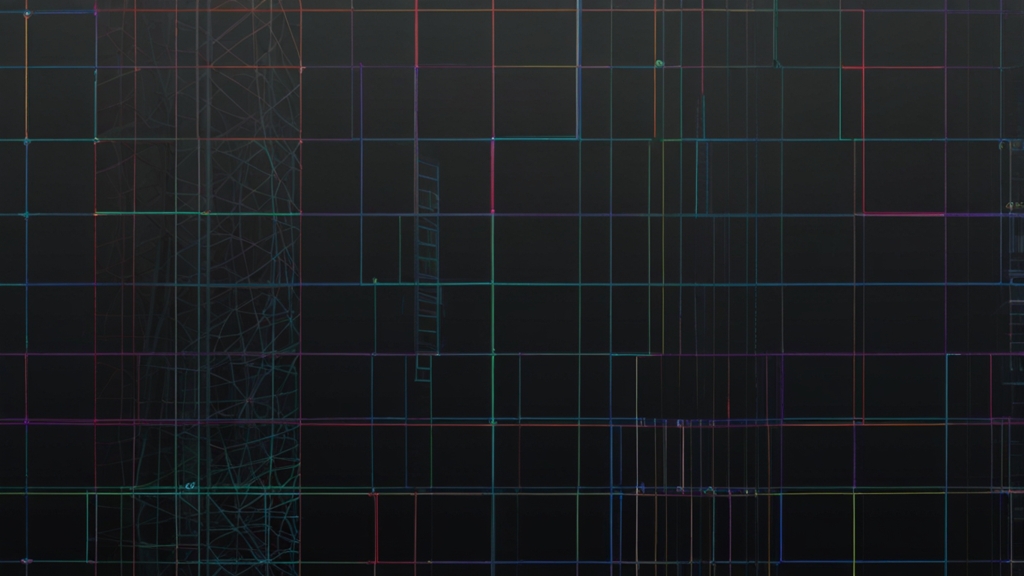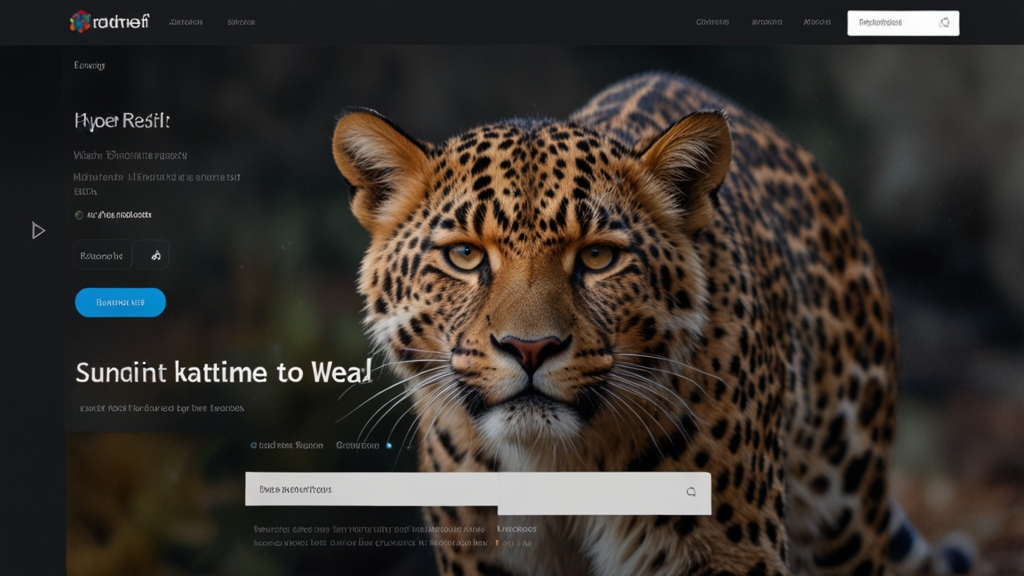CSS Grid: Redefining Layouts for the Modern Web
The landscape of web design has evolved dramatically over the past few years, driven by advancements in CSS technologies. Among these advancements, CSS Grid stands out as a game-changer, providing a robust and flexible solution for creating complex, responsive web layouts. This shift from traditional layout methods has ushered in a new era for developers and designers alike, offering tremendous control and efficiency.
Understanding CSS Grid
CSS Grid is a two-dimensional layout system, meaning it can handle both columns and rows, unlike flexbox which is primarily a one-dimensional system. Introduced in March 2017 as part of the CSS Grid Layout Module specification, it has since gained significant traction and browser support, enabling developers to build intricate layouts with minimal code.
"CSS Grid Layout excels at dividing a web page into major regions or defining the relationship in terms of size, position, and layer between parts of a control built from HTML primitives." - Mozilla Developer Network
Why CSS Grid?
Before CSS Grid, web developers relied heavily on floats, flexbox, and various hacks to achieve grid-like layouts. These methods were often cumbersome and lacked the intuitive control that CSS Grid provides. Here are some compelling reasons why CSS Grid is redefining web layouts:
Simplicity and Efficiency
CSS Grid simplifies the process of creating complex layouts. With a few lines of code, developers can define grid structures and place items within them seamlessly. This efficiency reduces development time and enhances the readability of the code.
"CSS Grid is a simple and powerful tool that allows designers to create complex layouts faster, with less code and greater flexibility." - Chris Coyier
Flexibility and Control
One of the standout features of CSS Grid is its flexibility. It allows for precise control over columns and rows, enabling developers to create fluid and adaptive designs. Media queries can be used in conjunction with CSS Grid to tailor layouts for various screen sizes, ensuring a responsive design across devices.
Alignment and Distribution
CSS Grid offers a range of alignment and distribution options, making it easier to position elements as needed. Properties such as justify-content, align-items, grid-template-areas, and grid-gap provide granular control over the layout. This capability is particularly valuable for creating balanced and visually appealing designs.
Grid Areas and Named Lines
Grid areas and named lines are powerful features that enhance the semantic structure of web layouts. By defining grid areas, developers can create distinct sections of a webpage, making it easier to manage and style content. Named lines provide a clear and readable way to reference specific grid lines, improving code maintainability.
Practical Applications of CSS Grid
The practical applications of CSS Grid are vast and varied. From simple blog layouts to complex web applications, CSS Grid empowers developers to tackle a wide range of design challenges. Here are a few common use cases:
- Responsive Web Design: Create layouts that adjust seamlessly to different screen sizes.
- Complex Page Layouts: Design intricate layouts with nested grids and overlapping elements.
- Interactive Interfaces: Build advanced user interfaces with dynamic and flexible grid structures.
- Content Management: Facilitate structured content organization in content-heavy websites.
Conclusion
CSS Grid has unquestionably redefined the way we approach web layouts. Its simplicity, flexibility, and control offer unparalleled benefits, making it an essential tool in the modern web developer's toolkit. As browser support continues to grow, the adoption of CSS Grid is poised to become ubiquitous, heralding a new standard for web design.
Embracing CSS Grid allows developers to push the boundaries of what's possible, creating innovative, responsive, and aesthetically pleasing websites. As the web continues to evolve, CSS Grid will undoubtedly remain at the forefront of layout technologies, driving the future of web design.









